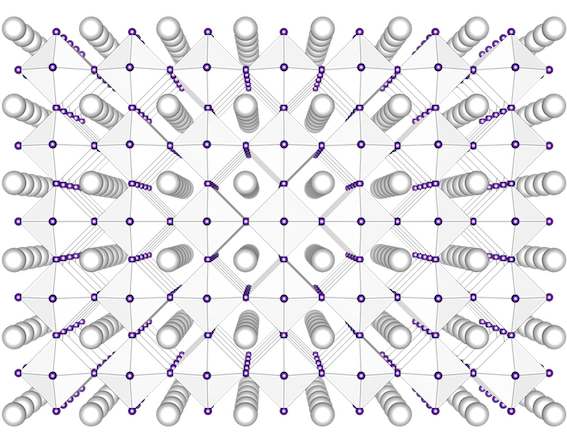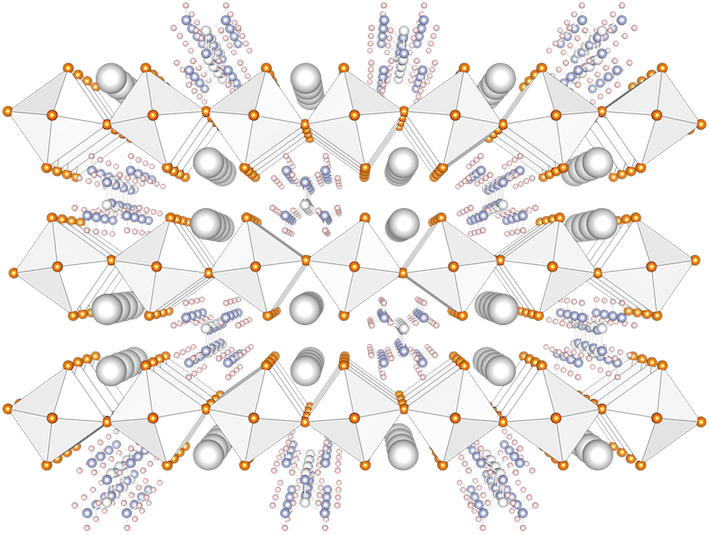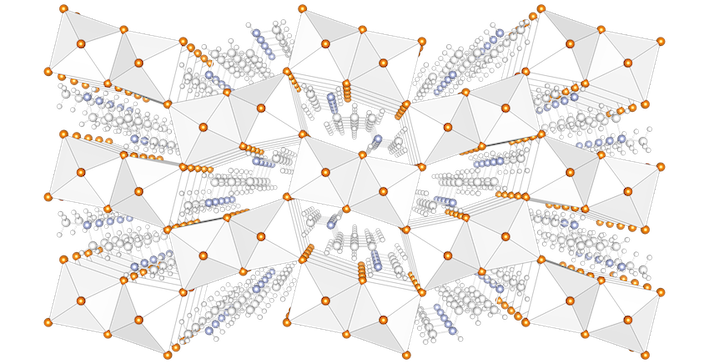Tri-dimensional halide perovskites
We explored the electronic structure and spectroscopy of tri-dimensional (3D) halide perovskites, whether they are lead-based, e.g. FASnI3, or lead-free materials. The decisive role of surfaces and interfaces has been explored.
We also investigated the amount and effect of Rashba and Dresselhaus couplings in 3D halide perovskites.
Variations arond 3D materials, such as hollow perovskites or vacancy-ordered double perovskites, are also considered.



